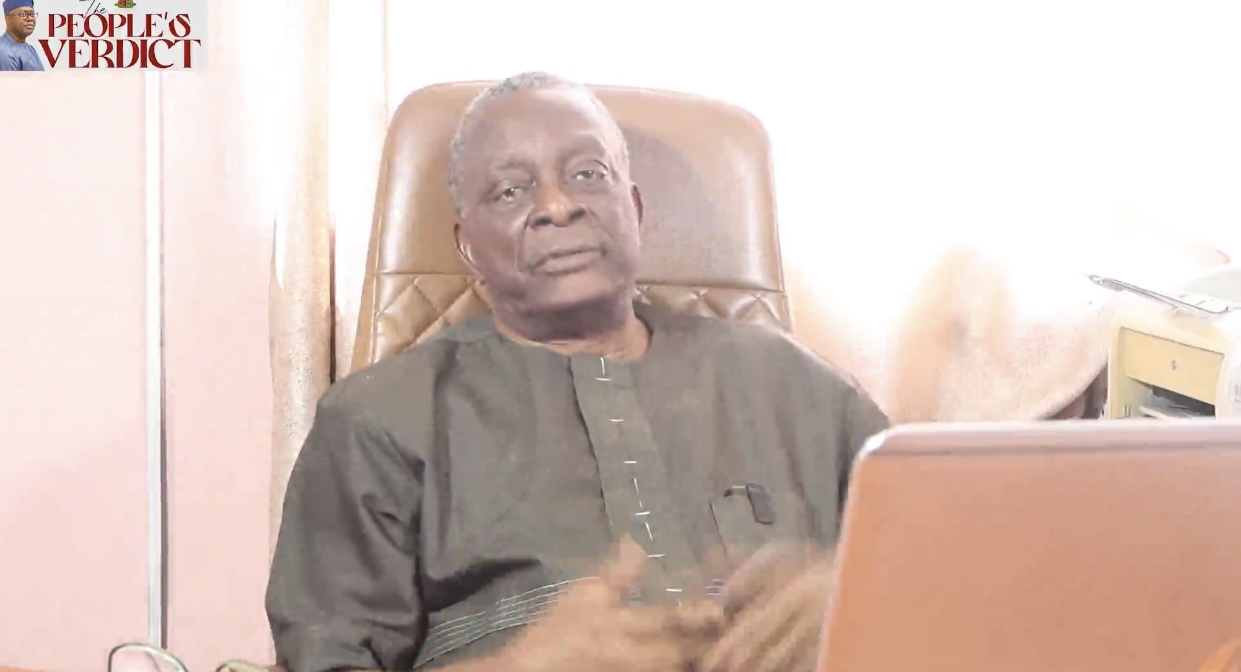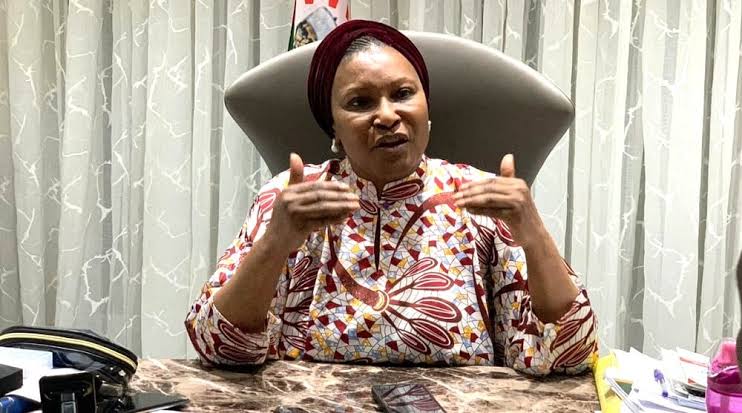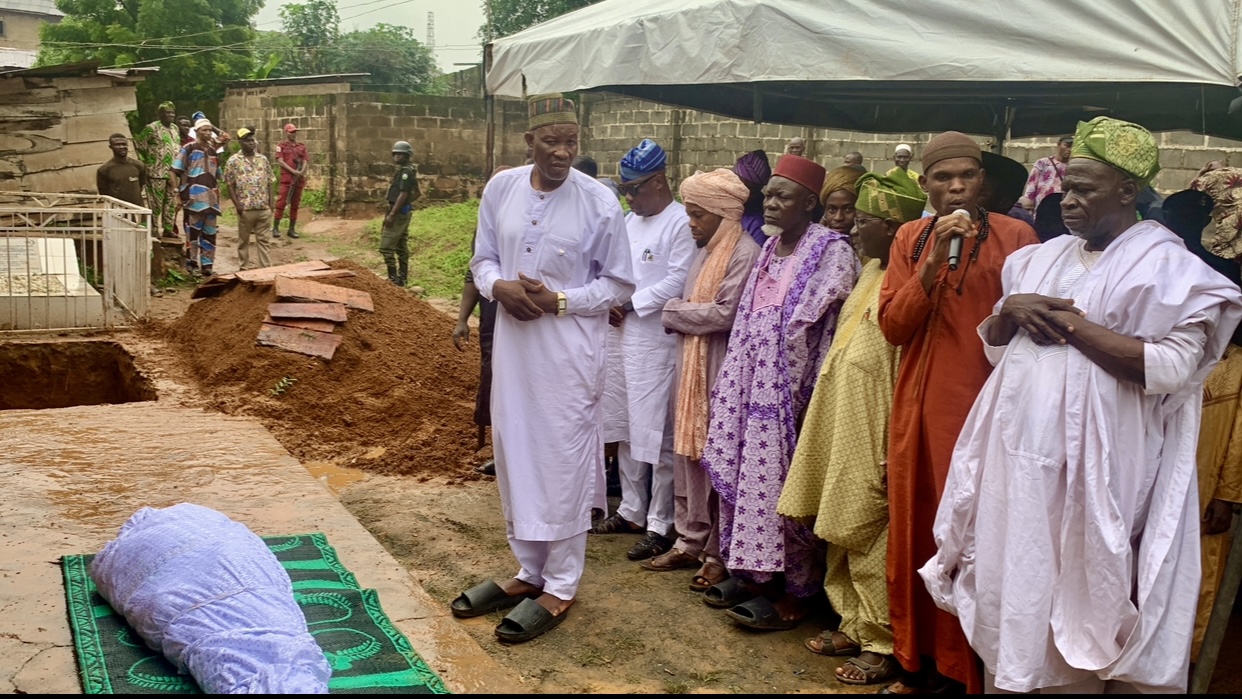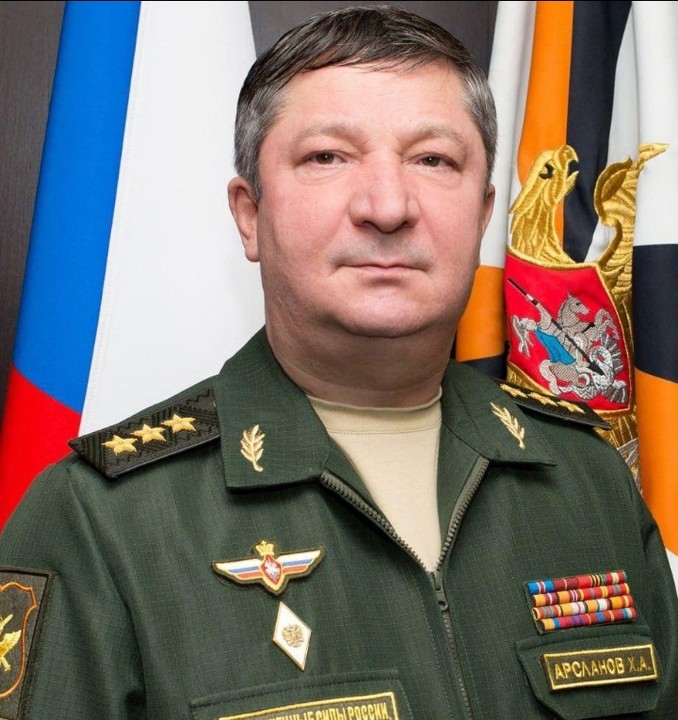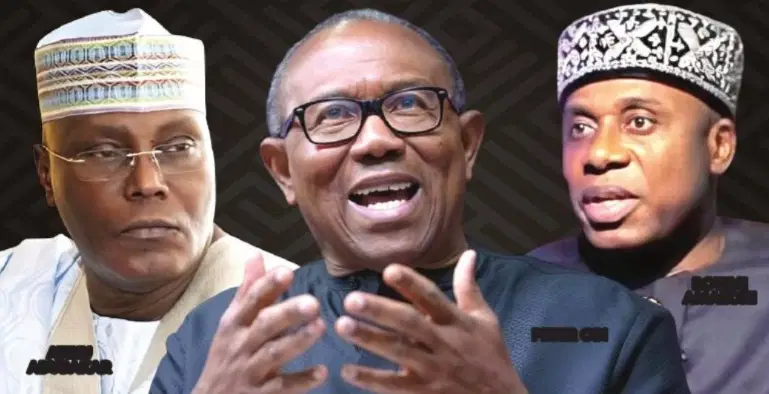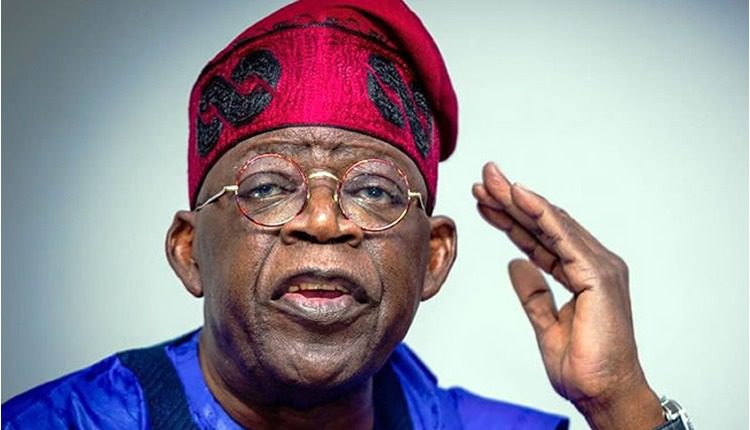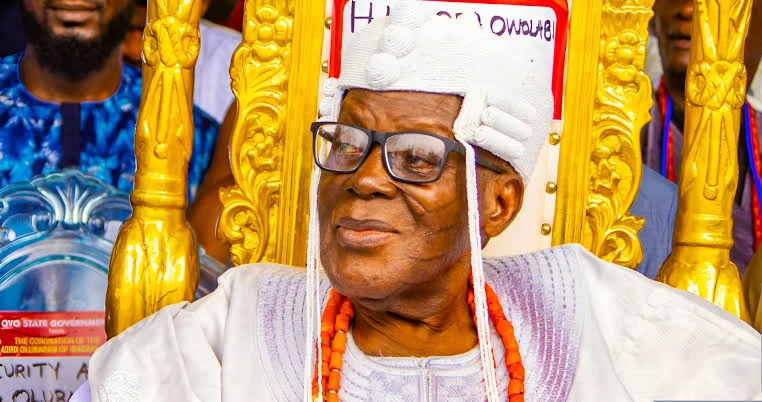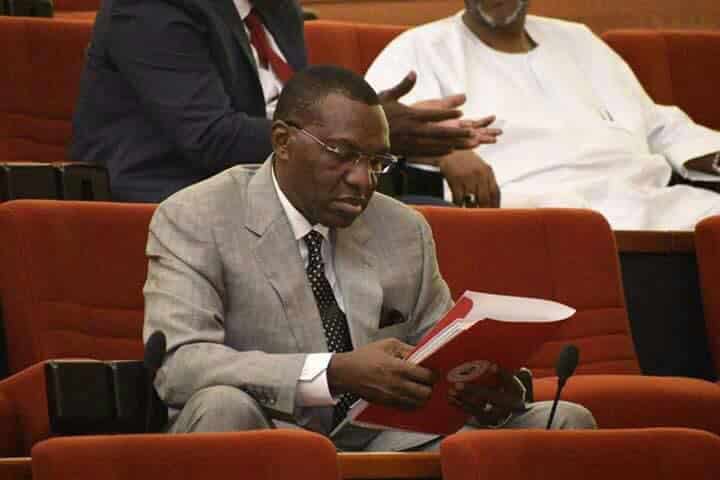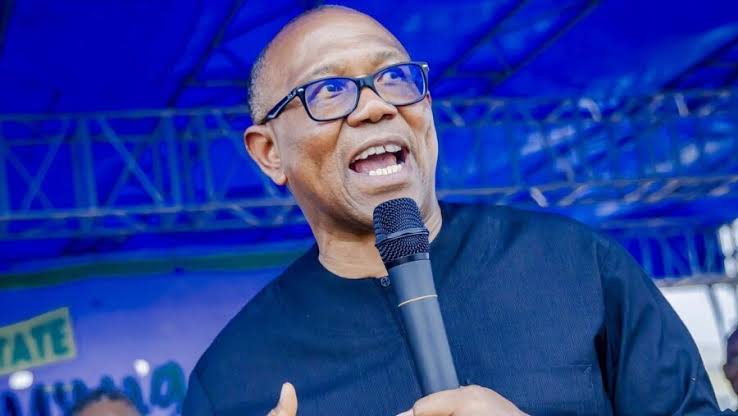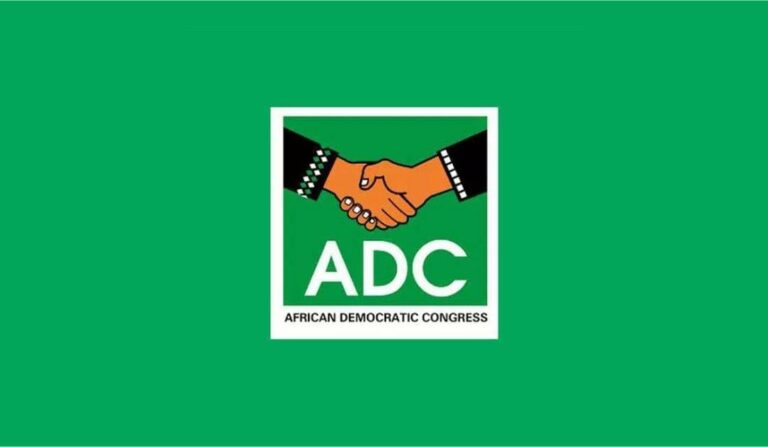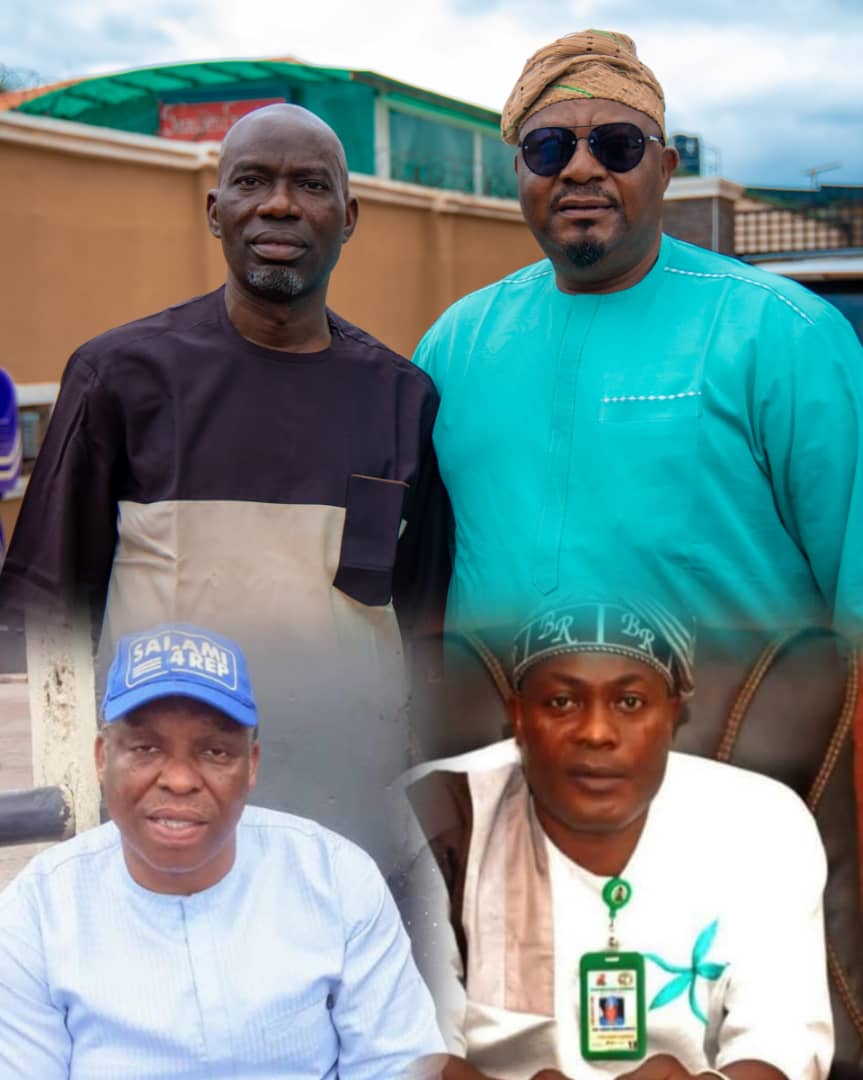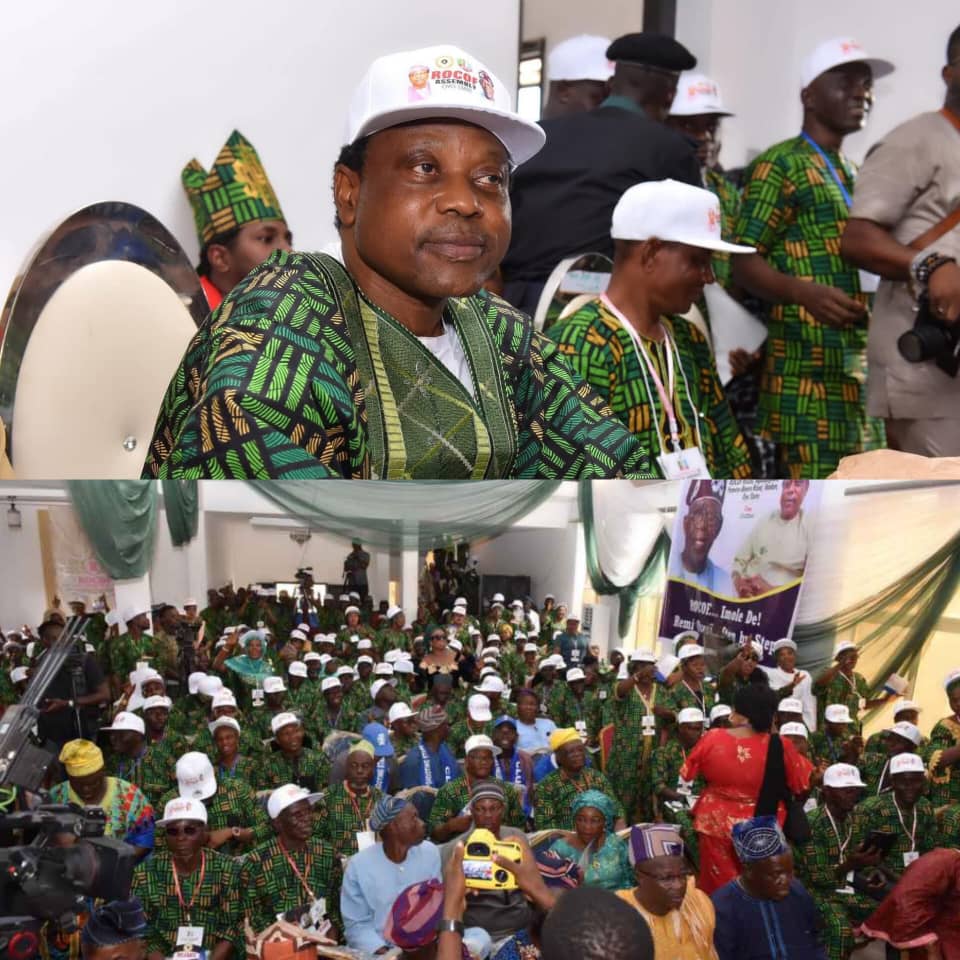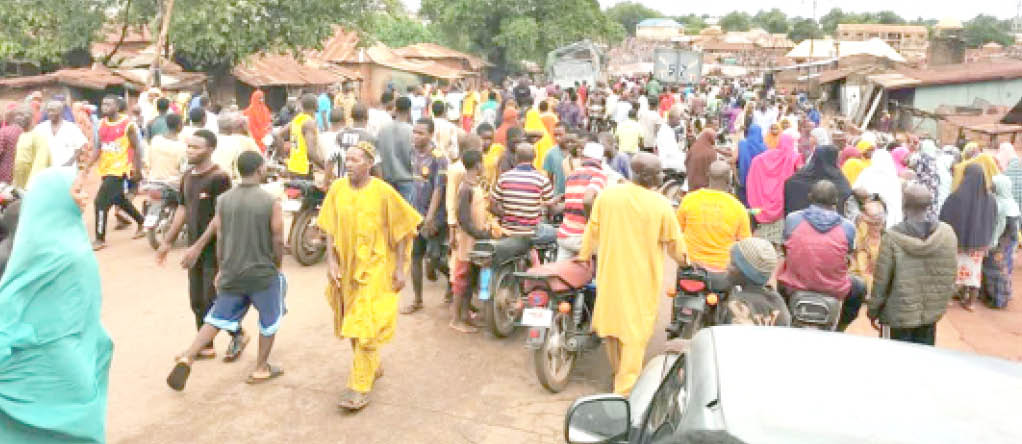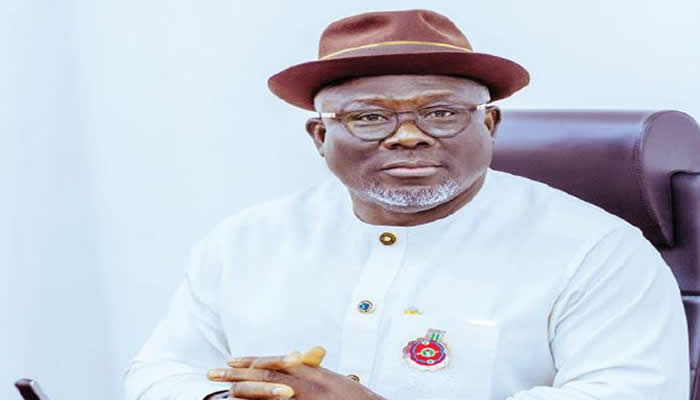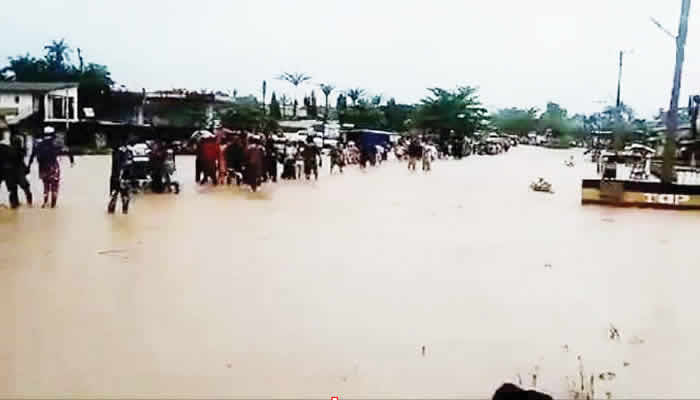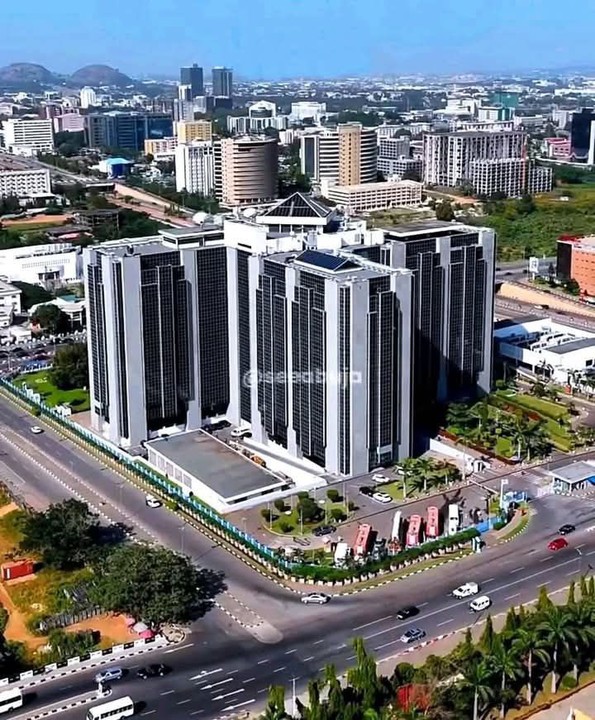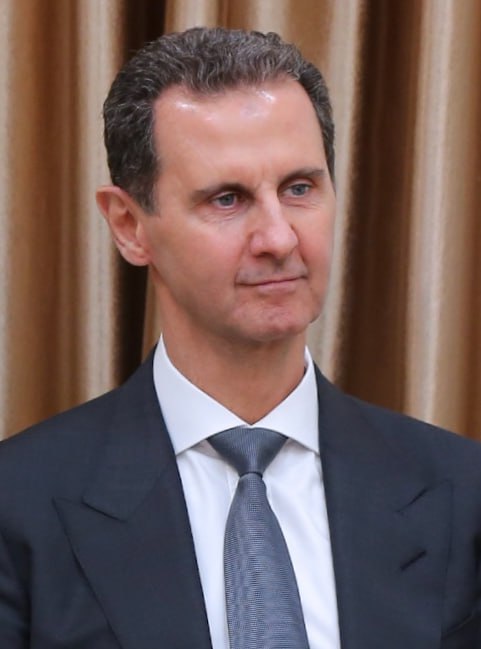Syria’s Assad regime hands power to rebels, ending decades-long rule
Syria’s President Bashar al-Assad has relinquished power after over five decades of rule by his family, marking a pivotal moment in the country’s ongoing civil conflict.
The transfer of authority was facilitated by his Prime Minister, Mohammed Jalali, who formally agreed to hand over power to a rebel-led “Salvation Government” following the insurgents’ seizure of the capital, Damascus.
The regime’s fall came after rebel forces rapidly gained control of four major cities within 24 hours, culminating in their victory in Damascus.
In the aftermath, jubilant celebrations erupted across the city as opposition leaders declared Syria “liberated” from Assad’s rule.
The rebels have since begun forming a new government to restore stability and address the humanitarian crisis left by years of devastating war.
International observers are closely monitoring the transition, as challenges remain in unifying the fragmented opposition and rebuilding the war-torn nation.
This development signifies the end of an era for Syria and the beginning of an uncertain yet hopeful future.
Meanwhile, reports indicate ongoing airstrikes by Israel, further complicating the region’s fragile security.
The conflict in Syria began in March 2011 as part of the broader Arab Spring, when pro-democracy protests erupted in opposition to the authoritarian rule of President Bashar al-Assad.
The peaceful demonstrations quickly escalated into a violent crackdown by the Assad regime, leading to a full-scale civil uprising.
As the situation worsened, various armed opposition groups emerged, ranging from moderate factions to extremist Islamist organizations.
The situation became increasingly complex as foreign powers, including the United States, Russia, and regional actors, intervened either directly or indirectly, further fueling the violence.
The war, characterized by devastating human rights violations and extensive destruction, has displaced millions and claimed hundreds of thousands of lives.
It saw multiple dimensions, including the fight against the Islamic State (ISIS), the involvement of Kurdish forces, and power struggles between global and regional players.
Despite various international efforts at ceasefires and peace talks, the conflict persisted for over a decade.
By 2023, Syria remained deeply fractured, with large areas still under the control of different factions, and reconstruction of the war-torn nation posed a significant challenge.



